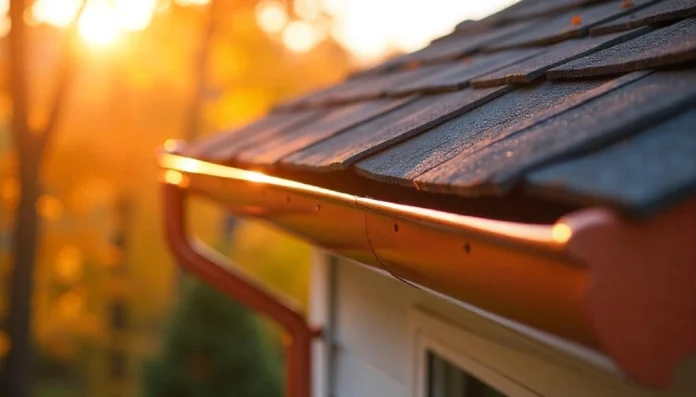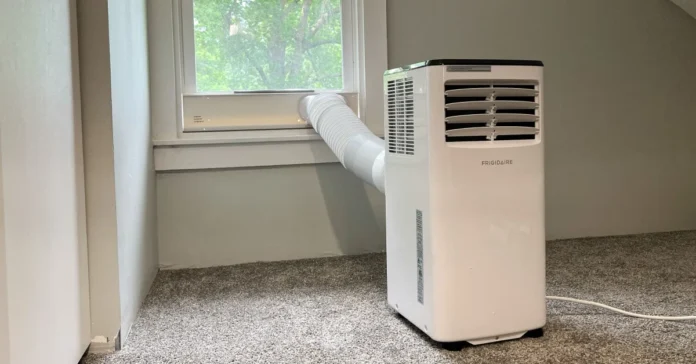Gutters are essential components of homes. Their primary purpose is to direct rainwater away from your house. In doing so, they can prevent water damage and foundation degradation. They can also protect against basement flooding, soil erosion, and many other problems. They’re essential for keeping your house as well as your property in optimal condition.
Replacing Your Gutters
Because of the roles they play in protecting your house and property, keeping your gutters in good shape is an important part of home maintenance. Still, they don’t last forever. At some point, you’ll need to replace your gutters. When that time comes, choosing the right replacements will be vital. Several gutter replacement options are available, each with its own strengths and disadvantages.
K-Style Gutters
K-style gutters are the most common options for homeowners right now. They have a decorative appearance that works well with a variety of architectural styles. They can hold ample amounts of water, so they’re highly effective as long as they’re not clogged with leaves and other debris. Of course, if you already have these types of gutters, you’re probably aware of how easily they can become clogged.
Half-Round Gutters
Half-round gutters, as the name indicates, resemble pipes that have been cut in half horizontally. These were once the norm, but they’re not as popular as they were in the past. They can’t handle the same volumes of water as K-style gutters. Some sources say they’re not as likely to get clogged, but these gutters can be more difficult to install, and they don’t work well with all types of roofs. They can add a lovely aesthetic to certain types of homes, though.
Box Gutters
Box gutters are another option. They’re built directly into the roof, and they’re essentially channels that are lined with metal or membrane. They’re virtually invisible from the ground, so they don’t interfere with the appearance of a home. On the downside, they can be difficult to maintain. If they happen to fail, they can cause significant damage.
Fascia Gutters
Fascia gutters replace the fascia boards in a home’s roof system. They look beautiful on a home, and they eliminate the common problem of decaying fascia boards. They’re more difficult and expensive to install that other types of gutters. At the same time, if they fail, you lose the protection of both your gutters and fascia boards.
Covered Gutters
Covered gutters are an option as well. Different types of covered gutters are available. Some have solid covers that use surface tension to direct water into them while deflecting debris. Others use screens to allow water to flow through and keep debris out. Those that use surface tension tend to be more expensive and visible. Screen-covered gutters come in different price ranges, but the least expensive are often the least effective.
Choosing the Best Gutters for Your Home
With all that being said, different types of gutters are suitable for different situations. In areas with heavy rain, K-style gutters may be the best option. Half-round gutters can handle heavy rain, but they’re generally only recommended for older homes and specific architectural styles. Box gutters are excellent for high volumes of rainwater and buildings with large roofs.
Fascia gutters work well in storm-prone areas, but they’re not an ideal choice for homes that already have fascia boards in place unless those boards need to be replaced along with the gutters. If your home is surrounded by trees, K-style and half-round gutters may not be the best options. Instead, consider box or covered gutters. Box gutters can handle extremely high volumes of water whereas covered versions are less vulnerable to clogging.



